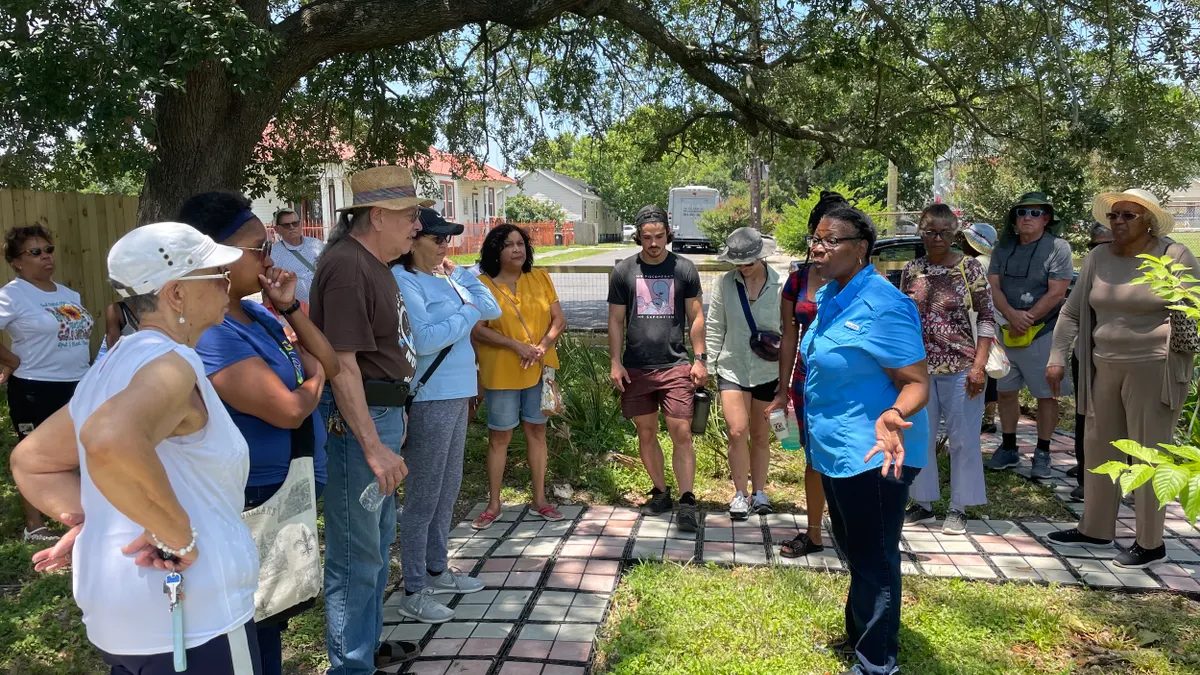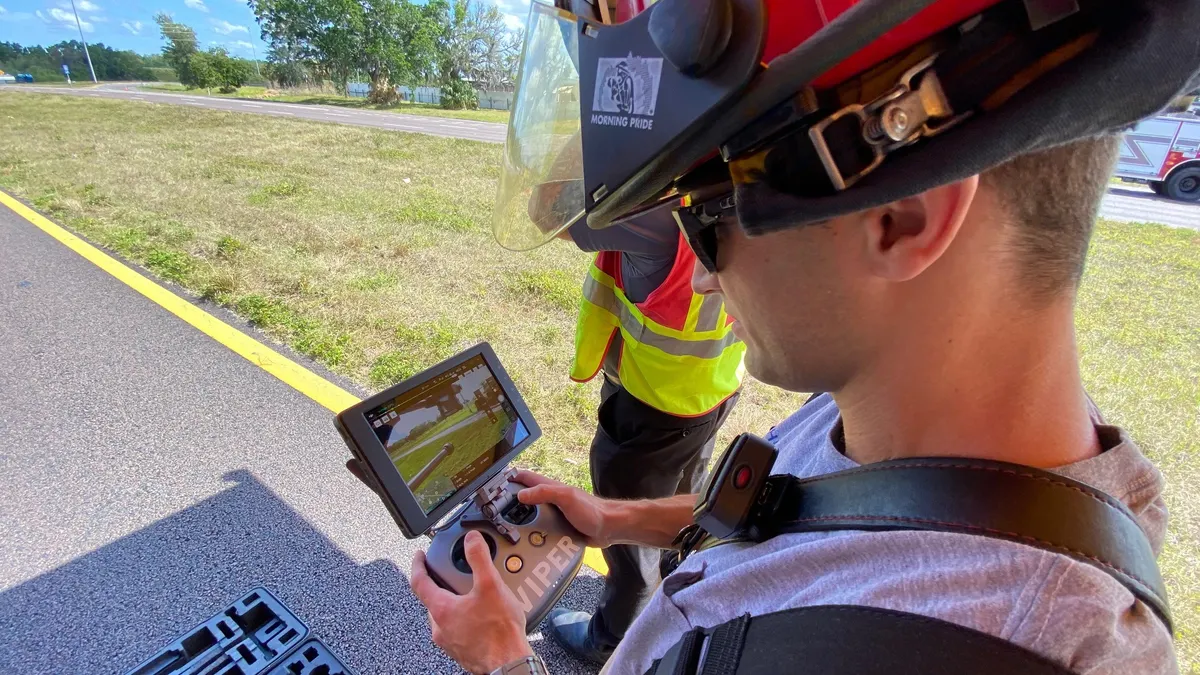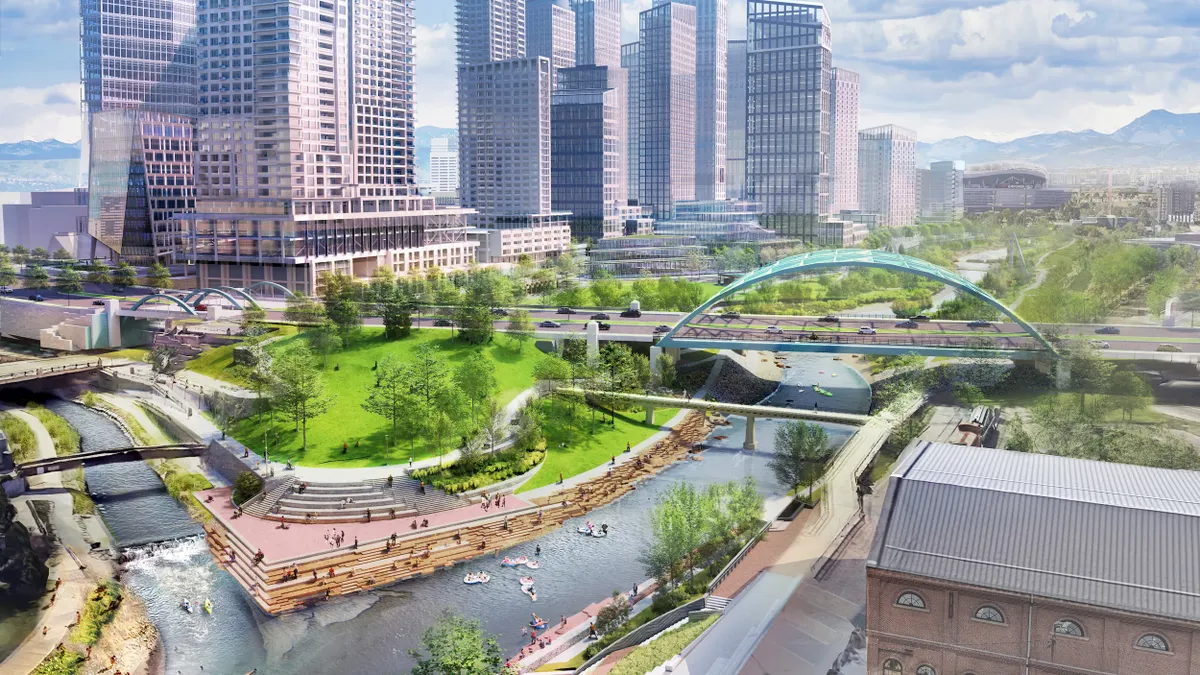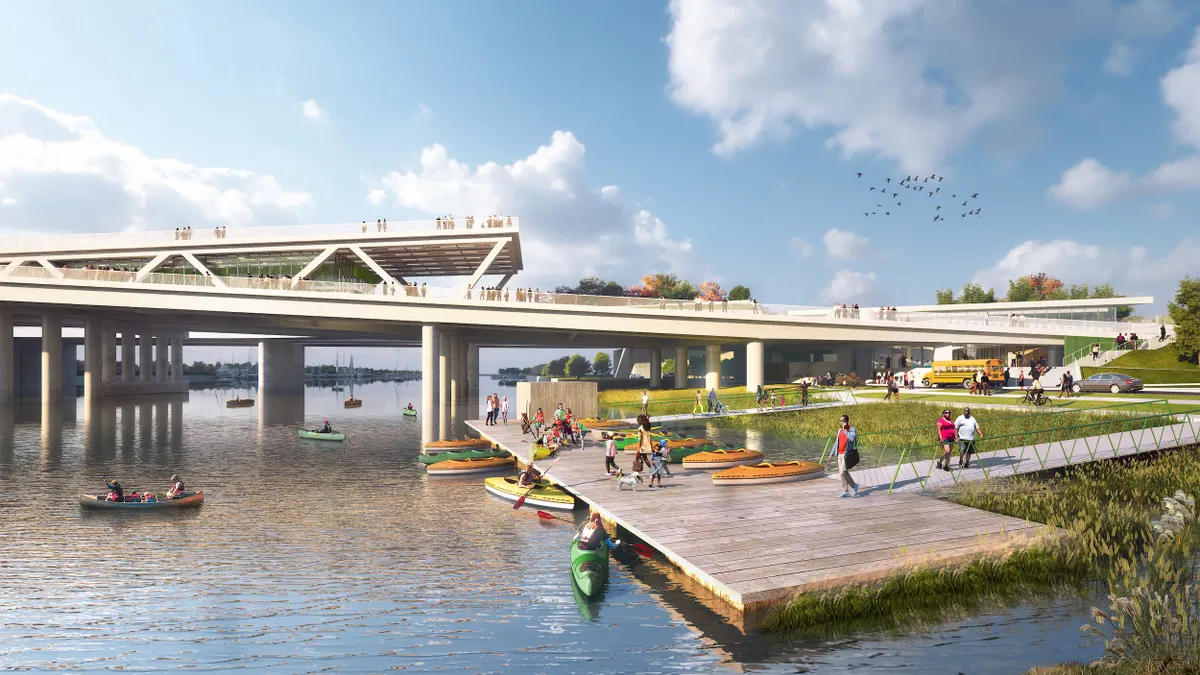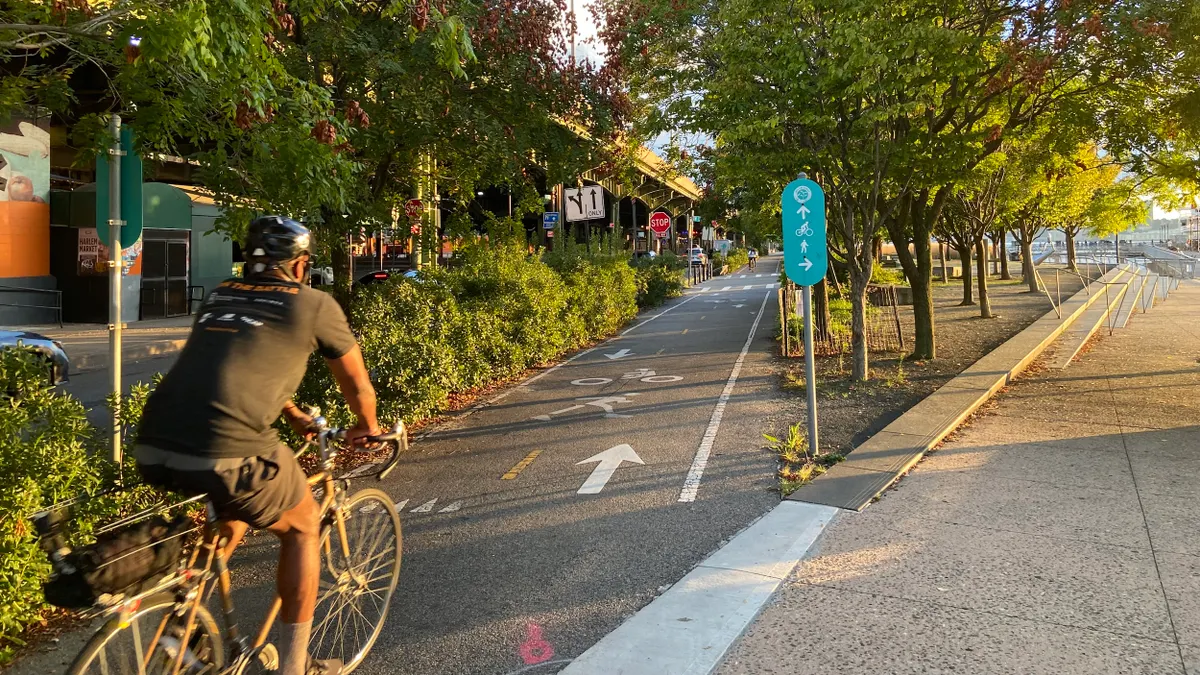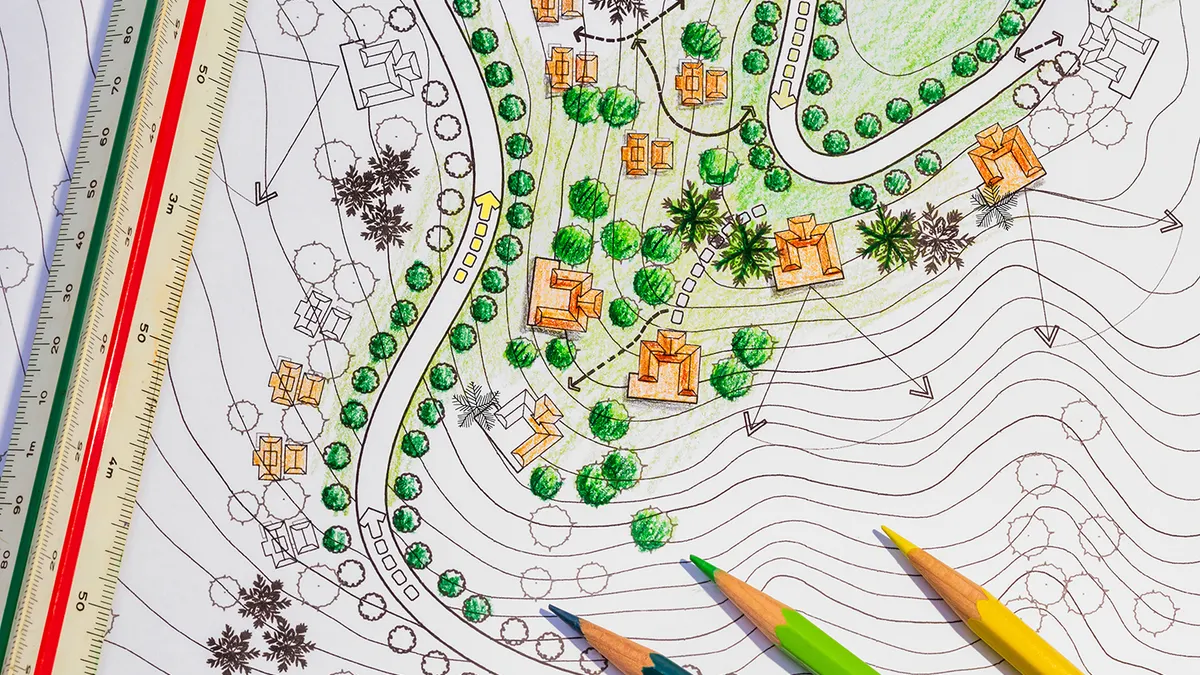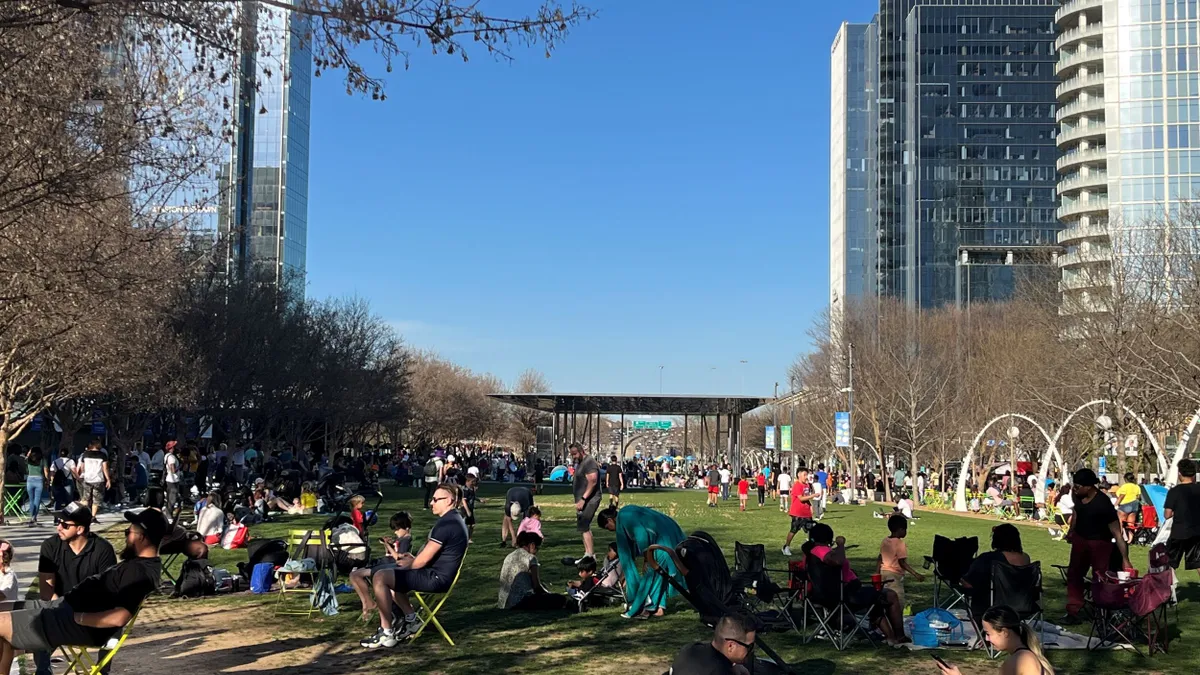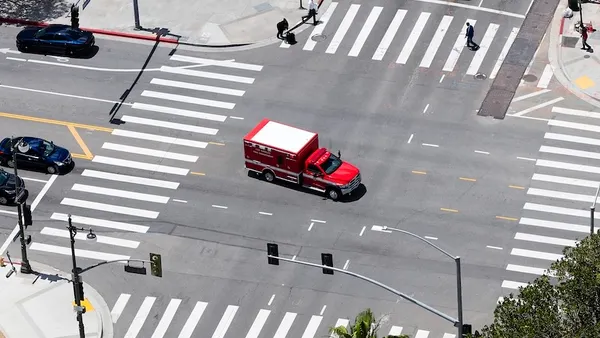In April 1719, a year after the French colony of New Orleans was founded, the Mississippi River flooded the site. Even its founder, Jean-Baptiste le Moyne de Bienville, had to admit it might be difficult to maintain a city on terrain that is below sea level, surrounded by the Mississippi, Lake Pontchartrain and the Gulf of Mexico.
But Bienville refused to give up. He had timber embankments — the city’s first engineered levees — constructed on top of the river’s highest banks, which had built up over the years from sediment deposits left by floods. By 1721, New Orleans was a prospering small town and the Louisiana colony’s capital. Over the next 300 years, the city responded to repeated cycles of hurricanes and floods with infrastructure investments.
“Our city is in what is often described locally as a bowl,” said James Karst, director of communications for the Coalition to Restore Coastal Louisiana. “You have two phenomena occurring at once — sea level rising and ground sinking — and that puts us in a precarious situation.”
Just how precarious became frighteningly clear in late August 2005, when Hurricane Katrina caused the largest storm surge ever recorded in North America, overwhelming New Orleans’ elaborate system of levees, dikes and flood walls at more than 50 locations. The bowl filled up with floodwater, exceeding 15 feet high in some areas, that remained for more than a month.
Hurricane Katrina was a wake-up call about “the heightened intensity of storms and what that amount of water could do,” said Jeff Hébert, CEO of urban consulting company HR&A Advisors, who served as New Orleans’ chief resilience officer from 2012 through 2017. In its wake, city, state and federal officials set out to make sure “that type of engineering catastrophe would never happen again,” he said.
Why the levees failed
While Katrina’s floodwaters were still receding, New Orleans resident Sandy Rosenthal smelled something fishy — and it wasn’t just the rotting debris. Early reports blamed local officials for causing the flood by not properly maintaining the levees and outfall drainage canals.
“It was a blame-the-victim narrative, and I didn’t believe any of it,” Rosenthal said. “In New Orleans, we’re good at two things: having really big parties and maintaining our levees.” Rosenthal founded Levees.org in November 2005 to provide education about why the levees failed during Katrina.
In October 2005, an interagency task force led by the U.S. Army Corps of Engineers, which had been responsible for New Orleans’ hurricane protection system since the 1960s, investigated how and why the system failed. The resulting 288-page report, published in 2009, found several flaws, including inadequate designs, decisions made during construction and the impacts of subsidence (ground sinking), behind the system’s failure.
In 2015, a World Water Council report verified Rosenthal’s claims that the Corps opted to save money in the 1980s by gating the mouths of two canals instead of raising their floodwalls. It also installed the floodwall sheet piles to only about half the depth needed. These decisions “saved approximately $100 million, but significantly reduced overall engineering reliability,” the report stated.
The system is sinking
In the wake of the hurricane, the federal government and Louisiana invested nearly $15 billion in New Orleans’ current Hurricane and Storm Damage Reduction System with higher, more resistant levees and floodwalls, emergency pumps and canal closures. At the same time, New Orleans developed a comprehensive disaster recovery plan emphasizing equity, sustainability and resilience.
The current system was built right, Rosenthal said, and it proved itself worthy when Hurricane Ida — the second-most-damaging storm to make landfall in Louisiana — hit New Orleans in 2021. Most of the 21 deaths attributed to that storm were due to excessive heat during a 10-day power outage, not flooding.
There’s just one problem with the new storm system, and it’s a big one: “It is sinking,” Rosenthal said.
In 2019, less than a year after the system was completed, the Corps of Engineers warned that the earthen levees that provide its foundation are losing height as they settle into New Orleans’ soft soils. That, and “the global incidence of sea level rise,” mean the system could already fall short in meeting its goal of reducing the storm surge risk from a 100-year storm.
“Nowadays, when we get a storm, we don’t assume anything,” Rosenthal said. “If you can get out, you do. If you can’t get out, you have a plan. Things are very, very different now than they were 20 years ago.”
The current system was built “to a certain standard that doesn’t exist anymore because our climate is changing,” Karst said. “What was a worst-case scenario 20 years ago is no longer the worst-case scenario. We have worser-case scenarios now.”
Good-bye, Mr. Go
Karst points to other signs of progress in flood control, however. Thanks to lobbying efforts from his and other advocacy groups, the Mississippi River Gulf Outlet, a shipping channel the Corps of Engineers built in the mid-20th century to connect the Port of New Orleans with the Gulf of Mexico, was deauthorized in 2008.
“Mr. Go, as we called it here, served as a funnel for storm surge into the Lower Ninth Ward and suburban Saint Bernard Parish, so when it was closed off in 2009, that was undeniably a great thing,” Karst said. But the channel left destructive aftereffects. For years, it had allowed seawater from the Gulf to migrate inland, causing salinity that killed trees and other vegetation, eroding the wetlands.
In 2012, as part of the channel closure, the Corps of Engineers proposed a $3 billion plan to restore and protect approximately 57,000 acres of wetlands MRGO had damaged. But as the state and the Corps argued over who should pay, the plan stalled until just last week, when they signed an agreement that will provide $1.3 billion of federal funding to launch its first phase.
“The communities impacted by the MRGO have endured decades of damage,” Louisiana Coastal Protection and Restoration Authority Executive Director Michael Hare said in an Aug. 22 statement about the agreement. “Now it’s time to get to work protecting our coast and restoring vital systems.”
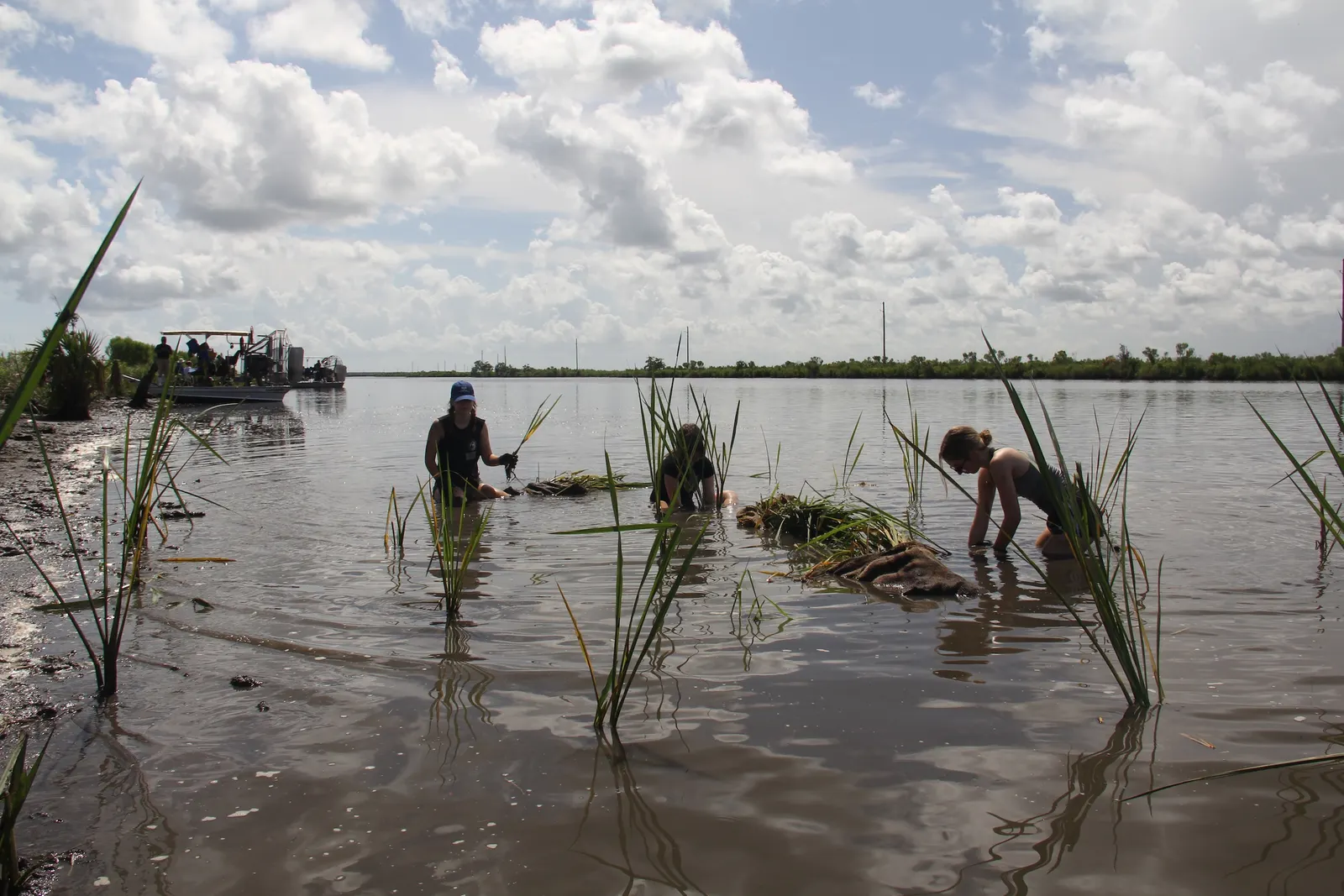
Gray and green infrastructure
“Mr. Go” was only one piece of a centuries-long assault on New Orleans’ wetlands, Karst said. When European settlers decided to tame the Mississippi River with levees 300 years ago, they cut off the natural process of periodic flooding that deposited sediment along its banks and flushed out saltier sea water.
The Coalition to Restore Coastal Louisiana and other coastal advocacy groups are addressing wetlands loss by mobilizing volunteers and stakeholders to plant tens of thousands of trees, build rain gardens and bioswales and replace traditional lawns with native plants, Karst said.
New Orleans’ city government is initiating “numerous projects centered around green infrastructure” to reduce flooding, it states on its website. This entails “strategically incorporating natural elements” into urban planning and design “to mimic the functions of natural ecosystems and enhance sustainability of built environments.” The city also uses “gray infrastructure,” such as drainage pipes and canals, for a “comprehensive approach to stormwater management.”
Katrina catapulted coastal and wetlands restoration as a first line of defense into the conversation about how to protect New Orleans from future storms, Hébert said. “From a long-term perspective, inside the city of New Orleans, it will be the stormwater management system and the gray and green integrated infrastructure system — the bioswales, the stormwater parks and those sorts of things — that will be the stabilizing factor for the city itself,” he said.
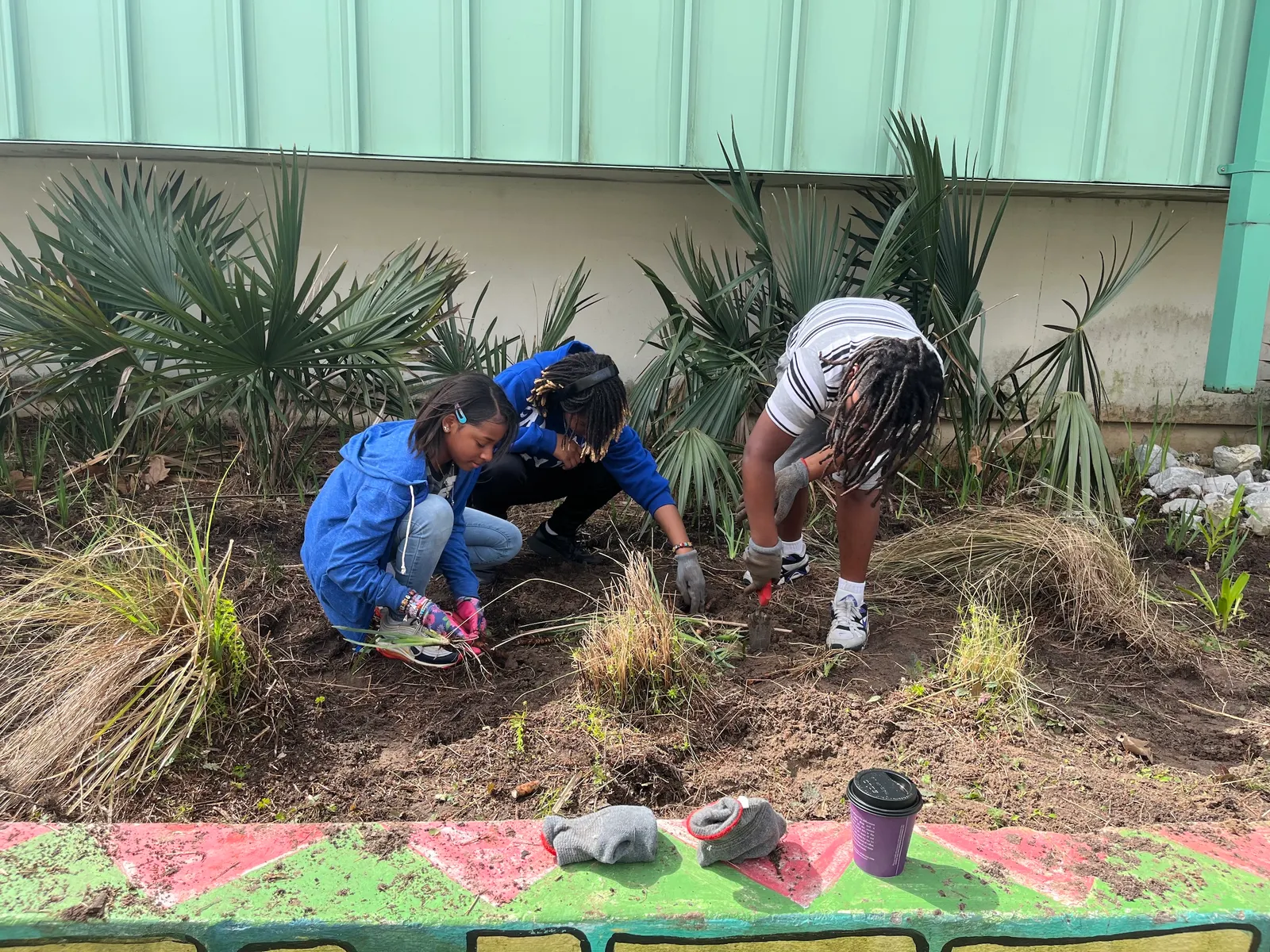
Planting trees, building community
After Katrina, Water Wise Gulf South Executive Director Jeff Supak said, the number of initiatives proposed to restore New Orleans’ coast and shore up resilience that were never realized “led to “a lot of distrust in the government because of how monies were spent or how they weren’t spent,” he said.
In several neighborhoods — primarily disadvantaged, under-resourced Black communities in low-lying areas — rain-induced flooding has gotten worse since Katrina, Supak said. The Treme neighborhood had six major flood events in late 2023 and early 2024, said Cheryl Austin, executive director of the Greater Treme Consortium. Every time there’s a heavy rainfall, she said, “for 30, 40 minutes, sometimes for an hour, the water’s just sitting there.”
Supak said the silt and debris Katrina’s floodwaters left in Treme’s and other neighborhoods’ storm drains has never been cleaned out, making it impossible for water to pass through to pumping stations. After so much money was been spent fixing levees and buckled streets, underground drainage pipes never emerged as a priority, he said.
Water Wise Gulf South’s response has been to “do something actionable — plant some trees, put in some rain gardens,” Supak said. “It’s flood mitigation by 1,000 cuts.”
These efforts to plant trees and native plants, build rain gardens, and install French drains and permeable pavers in Treme “are not going to stop the flood,” Austin said, “but they will reduce it.”
“I didn’t know anything about this 10 years ago,” Austin said, “because in the Black community, we never talked about the environment, we never talked about climate change, and it’s a hard conversation even now for people to understand. But you can make a direct connection as to why some of these events happen and what we all can do to try and mitigate it, and that’s what needs to happen.”
The communities that people in Treme and other neighborhoods have built as a result of these efforts are perhaps the biggest success of all, Supak said.
“If another disaster happens, we now have a network that’s super built-out, and that’s very valuable,” he said. “I don’t think the city of New Orleans is all that resilient after Katrina, but I do think the people in the networks that have been created are.”



